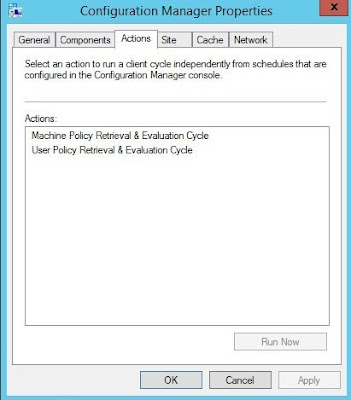Yesterday, I released a script, Install-Wrapper.ps1 , that allows you to do more with a SCCM Application Deployment then just a single task. The Install-Wrapper script will only run a single application install and yes you could modify the scrip to do more but I found it much easier to use another script. The Multi-Software Install Wrapper script allows you to plug the Install-Wrapper script into it and install software in an order or stop the process if an install fails. The only part of the script you need to modify to use it is under the variables to set section of the script. The $Installs variable is where you will enter the name of the Install-Wrapper scripts that are to be part of this application deployment. Again the Install-Wrapper script should be in the same content folder as the Multi-Software Install Wrapper script. The other variable, $ExitOnFail will determine if the script should stop if the other install scripts fail. If you want the script to stop on an error chan




